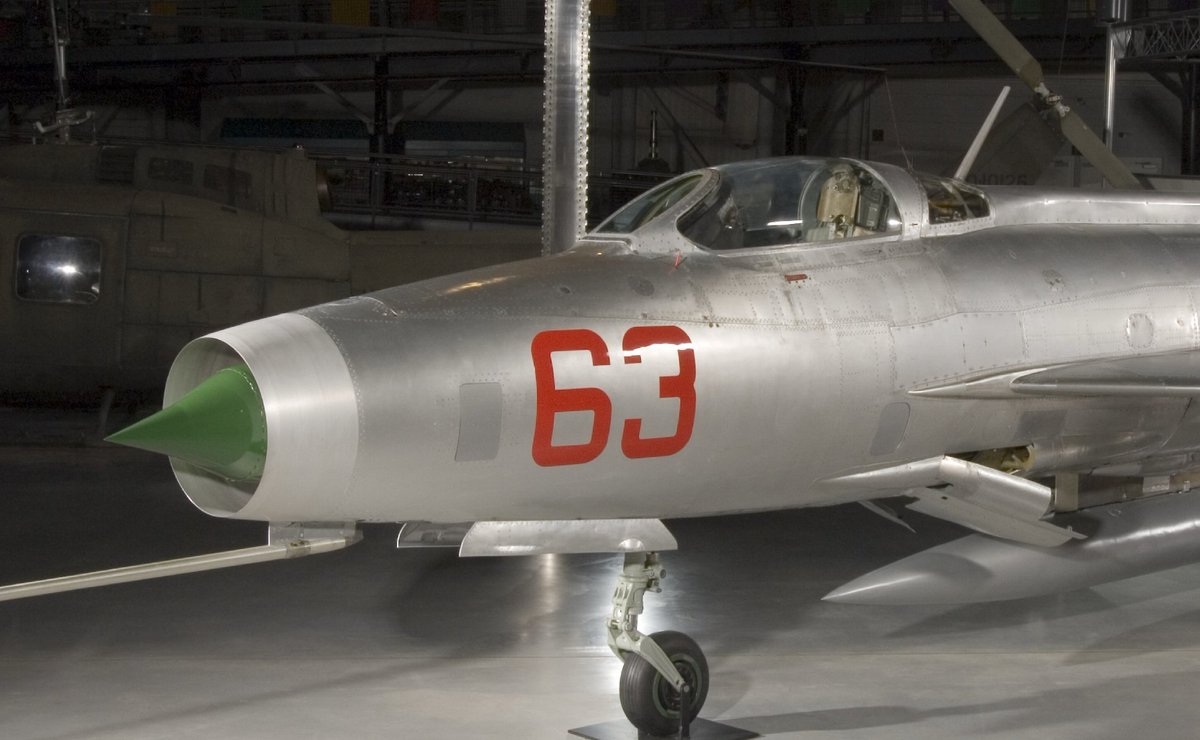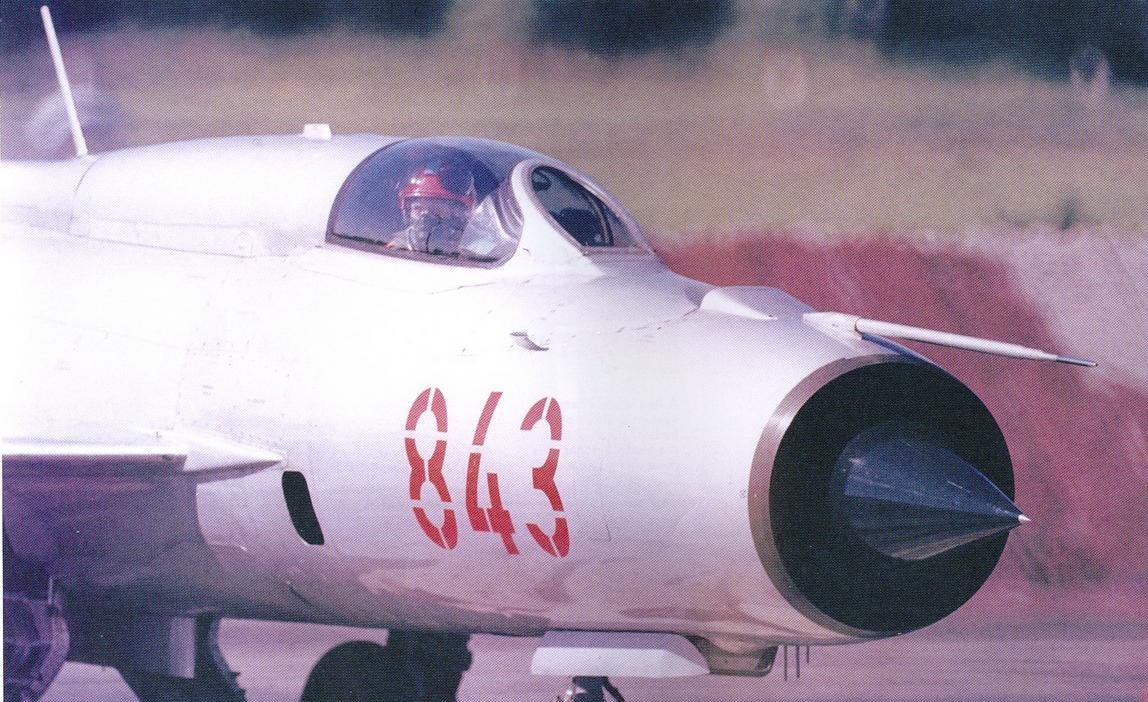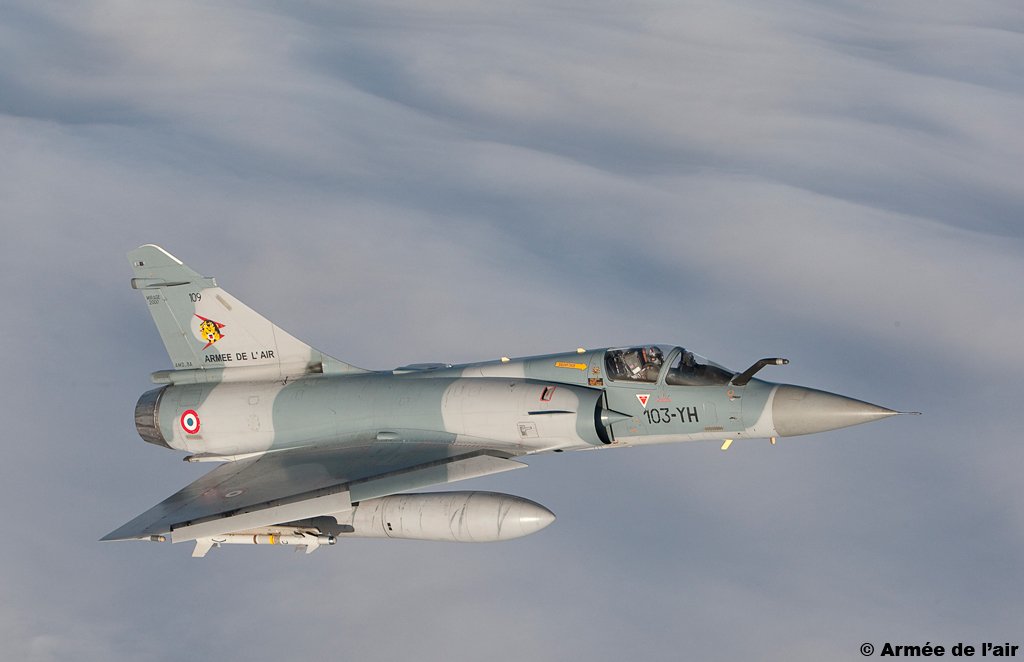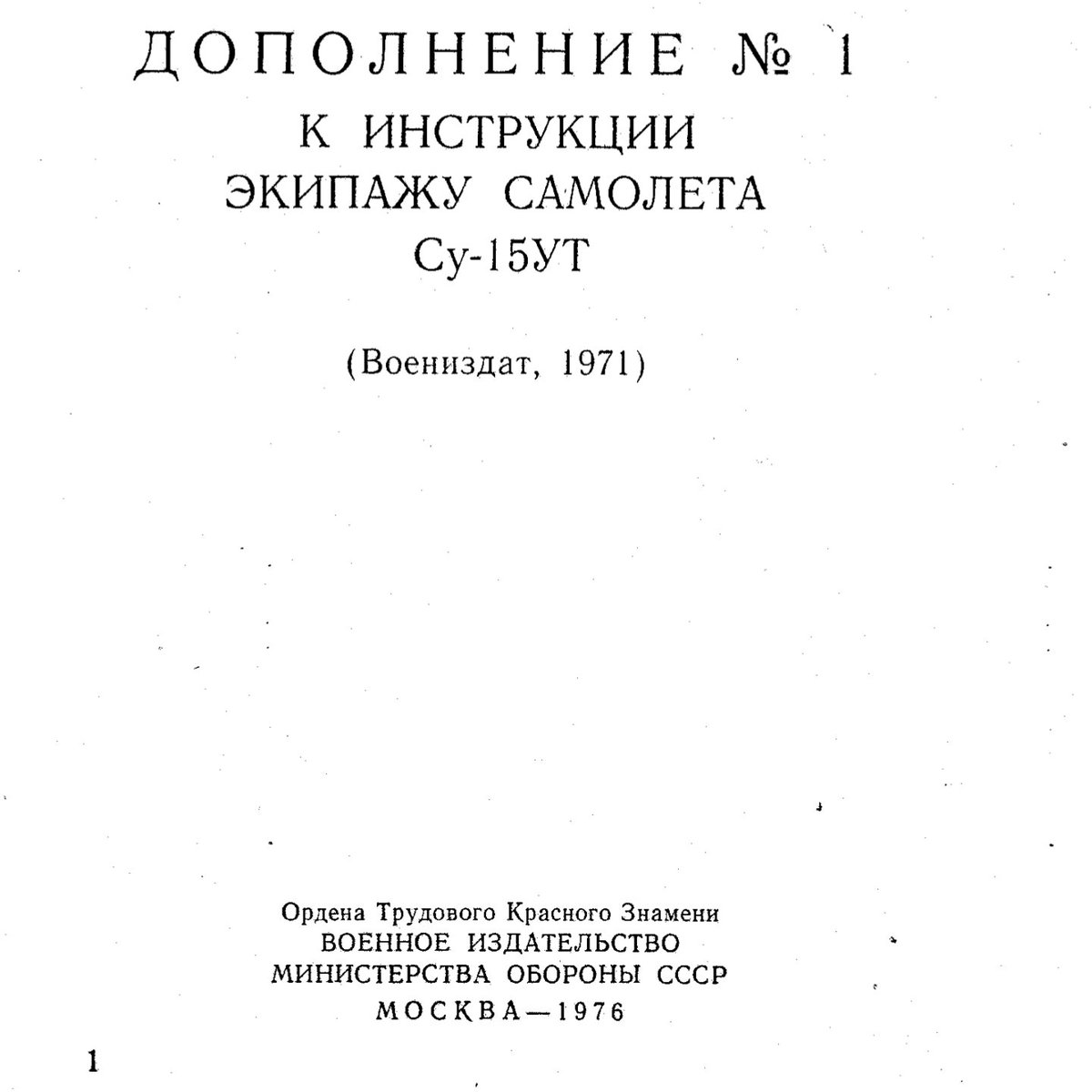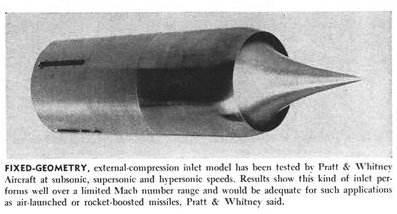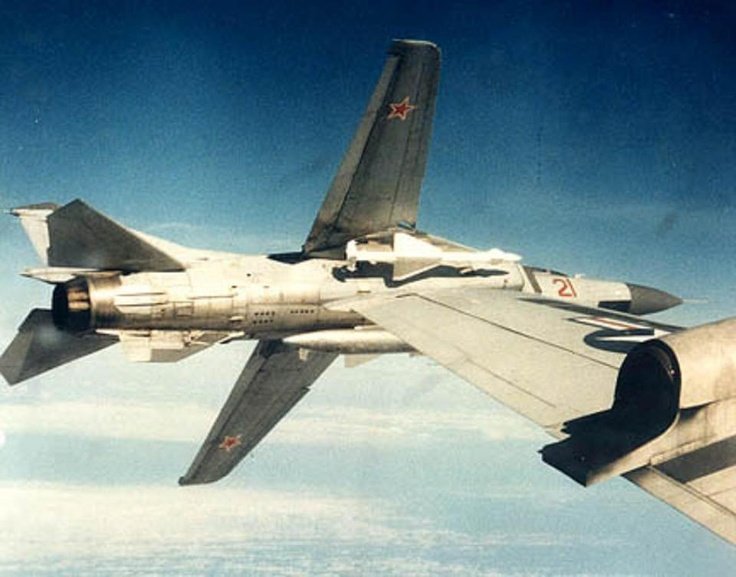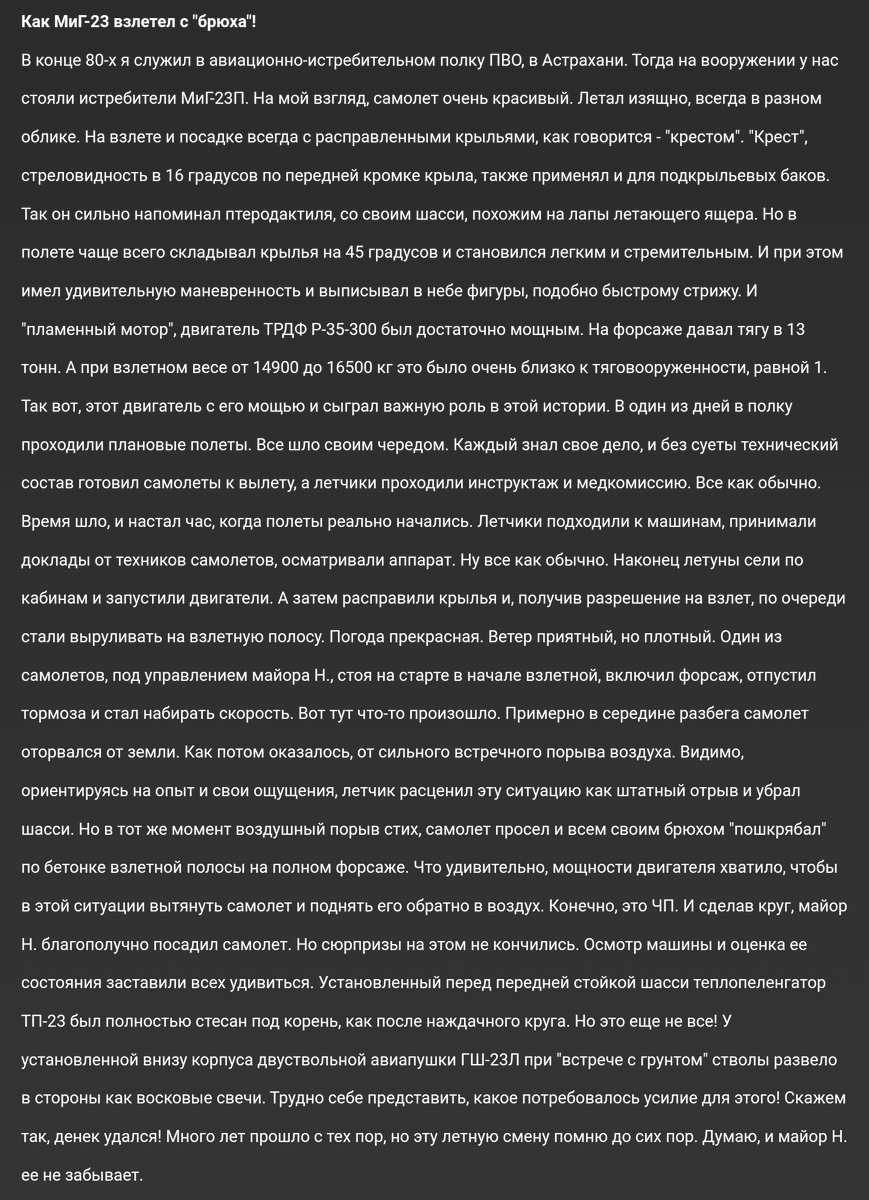When redesigning the MiG-21 from the small nosed day fighter version, the MiG-21F-13, into the all-weather PF, to fit the radar in the nose, the inlet had to be completely redone. For a long time I wondered if the redesign was a compromise or an improvement in terms of... 

...thrust & drag. The following analysis is not meant to predict whether there was, or not, an overall performance increase from F-13 to PF, because other changes, like the engine and the area-ruling, need to be considered. Rather, it is meant to show what trade-offs were made. 

To compare the two intake designs, first we need to know how a supersonic inlet works & what makes a good inlet..."good".
▪First, how do supersonic inlets (a.k.a. supersonic diffusers) work? Attached is a brief primer on this subject. If you already know how supersonic inlets...
▪First, how do supersonic inlets (a.k.a. supersonic diffusers) work? Attached is a brief primer on this subject. If you already know how supersonic inlets...

Note: some turbojets are described as having a "supersonic compressor", like the AL-7F or the R11F-300. But this just means that the compressor blade tip speed relative to the air stream is supersonic. On the R11F-300, the blade tip speed of the first stage is M = 1.36.






▪Now let's look at two of the most important factors in judging whether an inlet is efficient or not, pressure recovery & drag.




The photo shows the difference between a French Air Force Mirage F1CT and a South African Air Force F1CZ.




Drag 1. Maybe it's not very clear, but the schematic shows two cases:
▪ upper - cone retracted
▪ lower - cone extended


▪ upper - cone retracted
▪ lower - cone extended


END BORING PART!
After taking this long detour let’s come back to the MiG-21’s inlet. The MiG-21’s inlet is an axisymmetric external compression supersonic diffuser with conical center-body, angled 3° down to account for AoA during flight.
After taking this long detour let’s come back to the MiG-21’s inlet. The MiG-21’s inlet is an axisymmetric external compression supersonic diffuser with conical center-body, angled 3° down to account for AoA during flight.
Here is the geometric data I used, measured from photos, other values I found in the MiG-21F-13 & UM manuals. For MiG-21PF I found values on a website forum (can’t remember which). The MiG-21BIS has a larger diameter cowl (900mm), and a few other differences 

Most books on the MiG-21F-13/UM say the inlet is 690mm in diameter (all the books that I’ve searched in say), but the aircraft manuals says 663mm, so I used this value. For PF the cone angle is 29.57deg (calculated with trigonometry) but I rounded it to 30deg.
Now for the additive drag. The calculations are done using Taylor-Maccoll conical flow theory calculator on the website. This method, of course, neglects any boundary-layer effects, so is only approximate, but enough for this evaluation. devenport.aoe.vt.edu






So what does this mean? Just that the big nosed Fishbeds likely had greater additive drag that the small nosed ones. Despite that, the MiG-21PF/PFM is considered by many pilots as the best. No doubt given it's lower wing loading that later ones, and higher thrust than the F-13. 

So why bother making the cone variable on the MiG-21PF? To regulate flow rate. According to the "МиГ-21ПФМ - Конструкция и летная эксплуатация 1975" the cone schedule is based on compressor pressure ratio. So as RPM drops, the cone moves forward to reduce airflow, and thus... 

...reduce airflow, and thus match engine requirements. All subsequent versions functioned in this manner. Even the MiG-23UB scheduled its ramps on pressure ratio.
Here is the MiG-21BIS program, from Jyrki Laukkanen's online presentations.


Here is the MiG-21BIS program, from Jyrki Laukkanen's online presentations.


• • •
Missing some Tweet in this thread? You can try to
force a refresh

